On the Road is a weekday feature spotlighting reader photo submissions.
From the exotic to the familiar, whether you’re traveling or in your own backyard, we would love to see the world through your eyes.
JanieM
My maternal grandmother was born in a farming village in Ohio and lived there until she died. I loved visiting her in the country, but I lived in towns and cities until the day I walked up the porch steps of the old farmhouse in Maine that I intended to make my home. My feeling that I was walking into Grandma Rose’s movie was strengthened by the way the past seeps into the present in rural Maine, with old stone walls, faded clapboards, ramshackle barns, abandoned farm machinery, and even fall color contributing to the effect.
Not long after I moved here, National Geographic ran an article about mass extinctions. I remember gazing out my window and trying to take in the fact that no matter how eternal the pine forest seemed, it was the mere blink of an eye in geological terms, along with the entire span of human occupation of this landscape.
Meanwhile, the residents of a neighboring town were debating a proposed land use ordinance with strict requirements for how new construction had to look. One day I was at a soccer game at the high school, which was built on land that had once been part of the same dairy farm as my house and barn. The school serves four towns, including the one that was about to vote on land use, and while I was at the game I met the woman who was pushing hardest for the new ordinance.
I agreed with some of her goals, but I also sympathized with the people who didn’t want to be constrained by her architectural preferences. Her passionate assertiveness didn’t exactly help her cause, at least with me. She gave me a pep talk while I was trying to watch the game, ending with an exhortation. “We have to preserve our heritage for future generations!” she cried.
With thoughts ranging from the National Geographic article to my own barn simmering in the back of my mind, I blurted out, “Annie, our heritage is dairy farming.”
That was the end of that conversation.
This is the last post focusing on the barn as such. Next time we’ll venture out at least as far as the old pasture, and maybe even further afield.
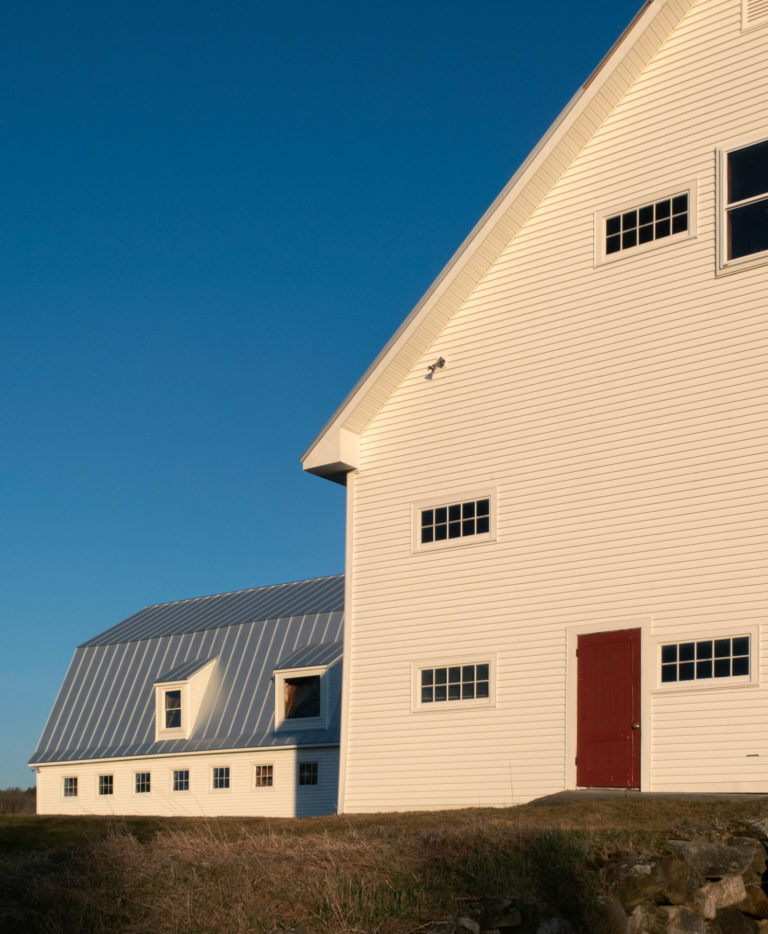
Sunset, old stone wall
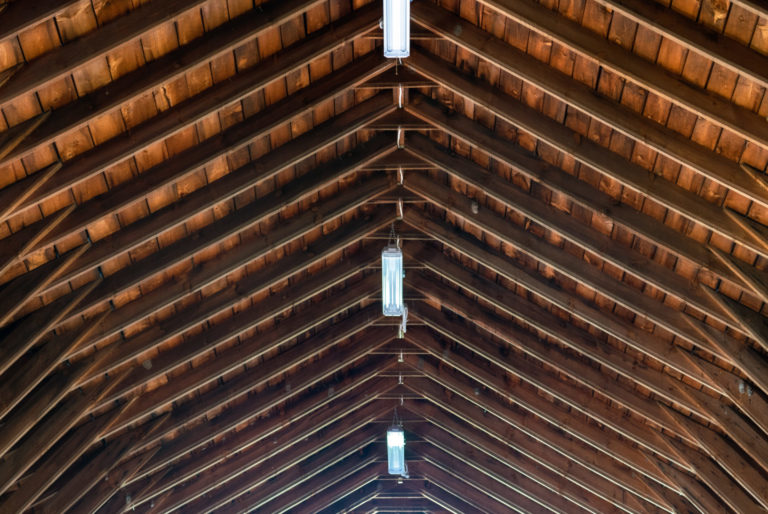
Geometry of a hayloft
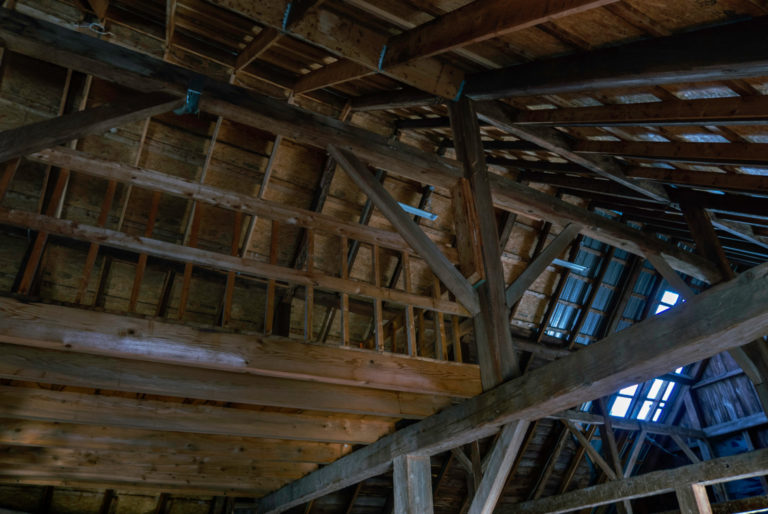
An older hayloft
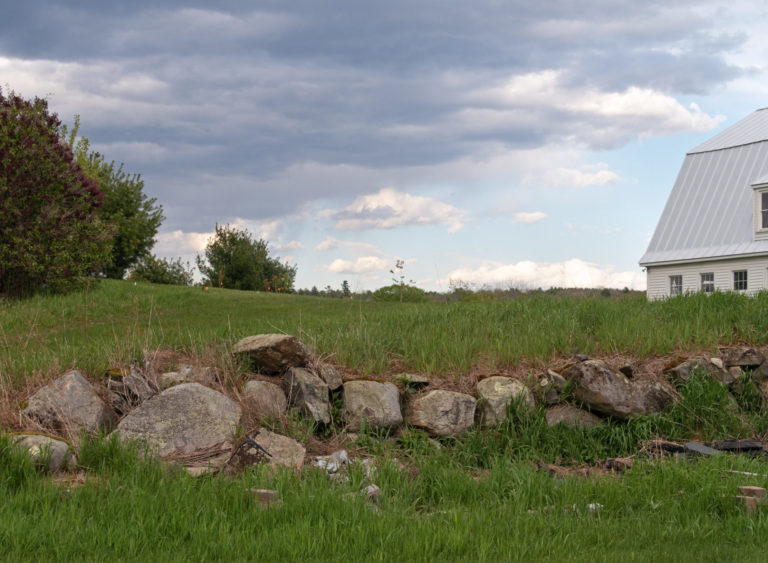
Spring green, with lilacs
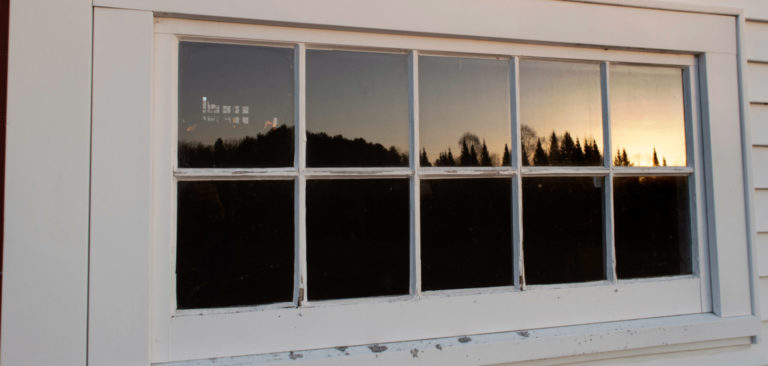
Reflection
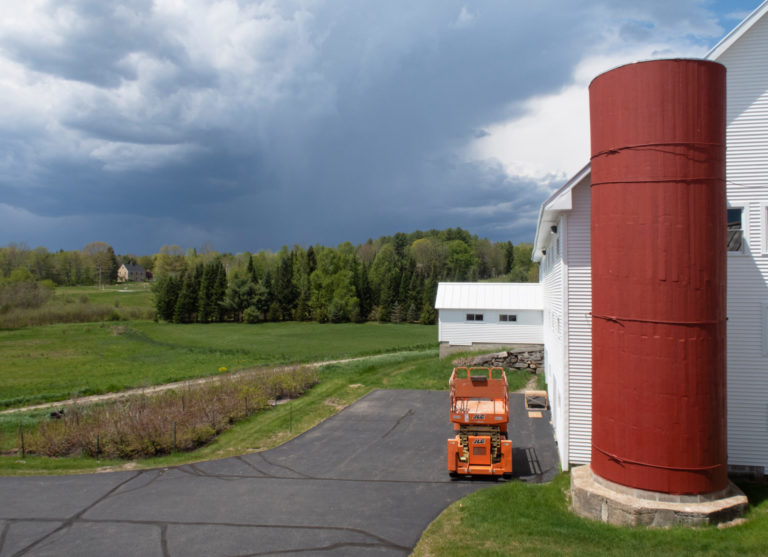
Weather approaching
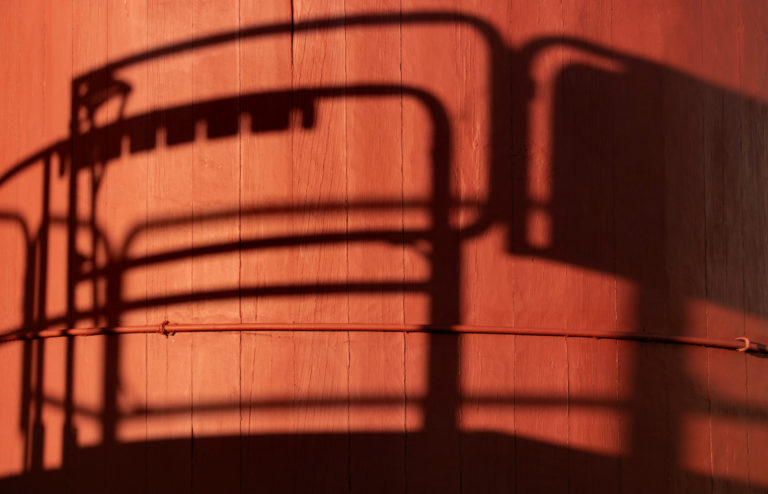
Shadow geometry
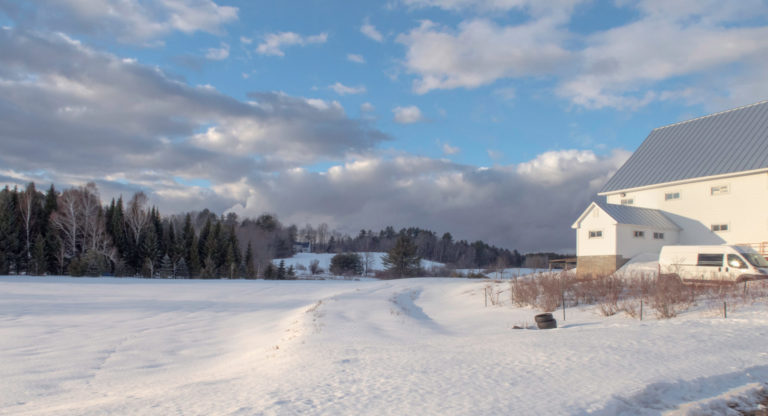
Winter vista

Wvng
“Bring back the dairy herds!” Love the barn, love the heritage comment.
p.a.
???tks!
Barbara
Lovely pictures and great insight in that comment about your heritage.
JanieM
Notes on my way back to bed:
1. Credit as always to Steve from Mendocino for editing pictures, brainstorming about sets, and generally encouraging my picture-taking.
2. The claims of the people who were pushed off the land when European settlers came weren’t on the radar of the “we need to preserve our heritage” folks in those days. That seems to be changing, if too slowly.
raven
Great pictures. This is a drawing one of my ancestors made of his Ohio farm in 1863.
Gvg
@Barbara: And dairy farming is capitalist. It has to make a profit or they go under. They need modern equipment to efficiently produce sterile milk, labor saving equipment that costs money, a stable enough demand for milk produced at a profitable price and a whole regional underlying network that sends milk tankers out to local farms everyday to get the milk to nearby plants for homogenization and bottling plants. This means there need to be enough dairy farms in an area to support the factory. Nothing about it requires picturesque barns.
On one of my families garden tours of England, the guides talked about the problems caused to real farmers by architectural preservation rules. It interferes with making a profit and British farmers have been going under for decades. Farmers have a high suicide rate according to the guides. This was 20 years ago long before Brexit. In fact I wondered if it wasn’t a factor in Brexit, though misguided economically. On the other side, Britain needed tourism and it’s quaint countryside looks are a part of that. Competing interests, both valid, needed thoughtful help not simplistic, but I don’t think they got it.
WaterGirl
@raven: I love that!
stinger
What a wonderful set of pictures!
As the child of a farmer and still living (though not farming) on what was my grandparents’ farm, I appreciate your comment to Annie.
stinger
@raven: Wow!
I wish cursive were still taught in schools.
JanieM
@Gvg: The issue of distribution is alive right now for Maine’s organic dairy farmers.
JanieM
@raven: Great drawing. Some of my family came to Ohio not long after the Revolutionary War, and some of them were still farming in northeastern Ohio when I was growing up. Not sure about now — all my closer relatives have scattered.
@stinger: Cursive is great. Sometimes I leaf through boxes of postcards in “antique” barns in Maine, admiring the handwriting. I even bought one once to stick up on my bulletin board. My own handwriting was never more than a scrawl, and now, well……
opiejeanne
@raven: That’s a treasure.
opiejeanne
@JanieM: thank you for sharing. I love the photos and your story.
A few years ago we visited a dairy farm called Twinbrook* on “Open Farm Days”. Their Jersey cows milk themselves: when they feel the need to be milked they enter the barn and a computerized machine does the rest**. They tend to want to be milked three times daily, and as a result they give more milk than they did when milked twice a day. When you buy a pint of their heavy cream, it really is heavy and practically whips itself. You have to be careful not to shake the bottle too much or you end up with butter.
*They said they thought it was a better name than Twin Ditch, and those ditches run with salmon every year.
**We weren’t allowed to see the automatic milking machines so I have no idea how that works, can’t really imagine it, but we were told that the cows were very happy with the arrangement.
opiejeanne
@JanieM: I have a letter written in 1863 by my great great grandfather to 3 of his sons who had moved to Chicago from Toronto. It took me a long time to figure out what his beautiful Spencerian handwriting actually said, and how amused I was when I realized that the half of it I was working on was really just the market report (pigs is up, chickies is down, a bushel of oats costs X), and local gossip (A got married, B went to the goldfields and hasn’t been heard from). The rest of the letter, though, was well worth the effort: A fiery diatribe about what the US should do with the Confederate leaders when we caught them.
He was an immigrant Ireland, a fact that his daughters-in-law tried to hide from their own children, telling them that he was Scottish.
JanieM
@opiejeanne: That’s a great story. My great-great-grandfather left Ohio and went to Oregon in a covered wagon in the 1850s — i have a transcribed copy of his diary, and some newspaper columns he wrote about the trip. (We have always been scribblers, I guess. :-) )
He got married in Oregon and had three kids. Eventually they divorced (I know nothing of the circumstances) and he went back to Ohio, married again, and had seven more kids, including my great-grandfather. There’s a family tale that says that his own father (my g-g-g-grandfather) was reading a letter from Oregon out loud to the family in Ohio. At one point he put the letter down, took his spectacles off, and said, “Nelson’s taken to lying.” What he thought his son was lying about was that there were trees out there where the trunks went up 100 feet before branching.
J R in WV
Regarding the “the residents of a neighboring town were debating a proposed land use ordinance with strict requirements for how new construction had to look. ” Our AZ property came with provisions for an HOA, although none exists on any of the property.
Then a lady from NJ bought a big lot, and immediately started in on her neighbors to begin an HOA, so that she could interfere with her neighbors’ activities on their property. She was told in no uncertain terms that if she wanted to have a peaceful life in the AZ high desert country, she should mind her own business, lest a tragedy occur to her property while she was away.
That was the end of the HOA discussion at that time. I was glad, and not surprised, there is a strong thread of anarchy in my neighbors, who actually look out for one another pretty well. Without any HOA organization. Control freaks trying to make other people do what they want. Miserable people trying to make everyone around them as miserable as they are…
My dad never wanted a motorcycle in his life until his HOA in Osprey FL told him he couldn’t have one!
Regarding the pictures, great stuff!!! Love the old hay loft… you needed a whole lot of hay for a dairy herd in Maine, where winter last forever.
Thanks for that historic drawing, Raven, wonderful copperplate handwriting at the bottom, I could never do that, ever.
The Castle
These barn pictures have been just lovely.
I continue to be impressed at the size of this thing. Here on the farm, we had an old dairy barn, but it could have fit inside yours with room to spare.
Love the post and beam framing. Those massive posts and girts — how big are they? — bring joy to my heart.
JanieM
@The Castle: The local carpenters refer to the massive ones as 10×10 — i think they’re litterally a bit smaller, but that’s close enough. Hand-hewn hemlock. They are works of art.
JanieM
PS — thanks to everyone for the good words. I’m glad you’ve enjoyed the barn. :-)
The Castle
They are works of art. It’s neat to come upon the mortise and tenon tools they used to make the joints. Truly skilled work.
I have 8×8 hemlock sills, and they are massive, and so heavy. To pick up even an 8 foot length, you need help, and it’s still hard to move. But they’re nothing compared to what you had in that barn.
Hemlocks are such a lovely tree, and wood. I have hemlock groves here on the north slope where they make their own microclimate to sustain themselves. Now the hemlock adelgid has munched its way to my doorstep, and I fear the worst. We’ve already lost hundreds of ash trees to the borer. And before that it was the chestnut (there are still a few seedlings in the woods that resprout, in vain).
JanieM
@The Castle: Wonderful book on the chestnut. The heart breaks.
I’ve probably mentioned this before, but you never know who’s around to see it. My apartment has a cathedral ceiling that I designed, made (partly by me) from ash that was cut in my general area of Maine.I also have window trim made of the same wood, of a profile that I designed. This was in 1995, just when I was first hearing concern about the borer. Ash is my favorite wood and the only thing that would grieve me more than the loss of ash is the loss of maple trees.
JanieM
PS and we haven’t even mentioned the elms.